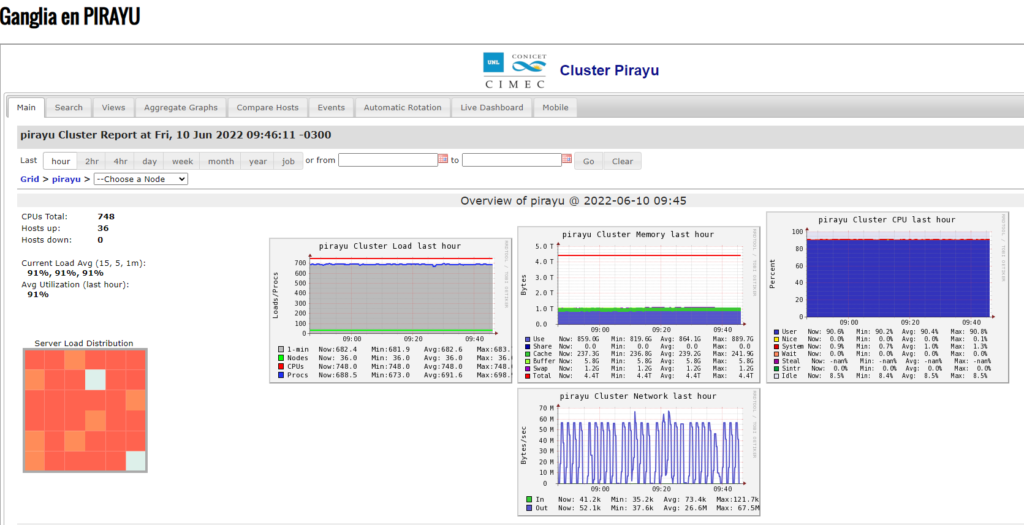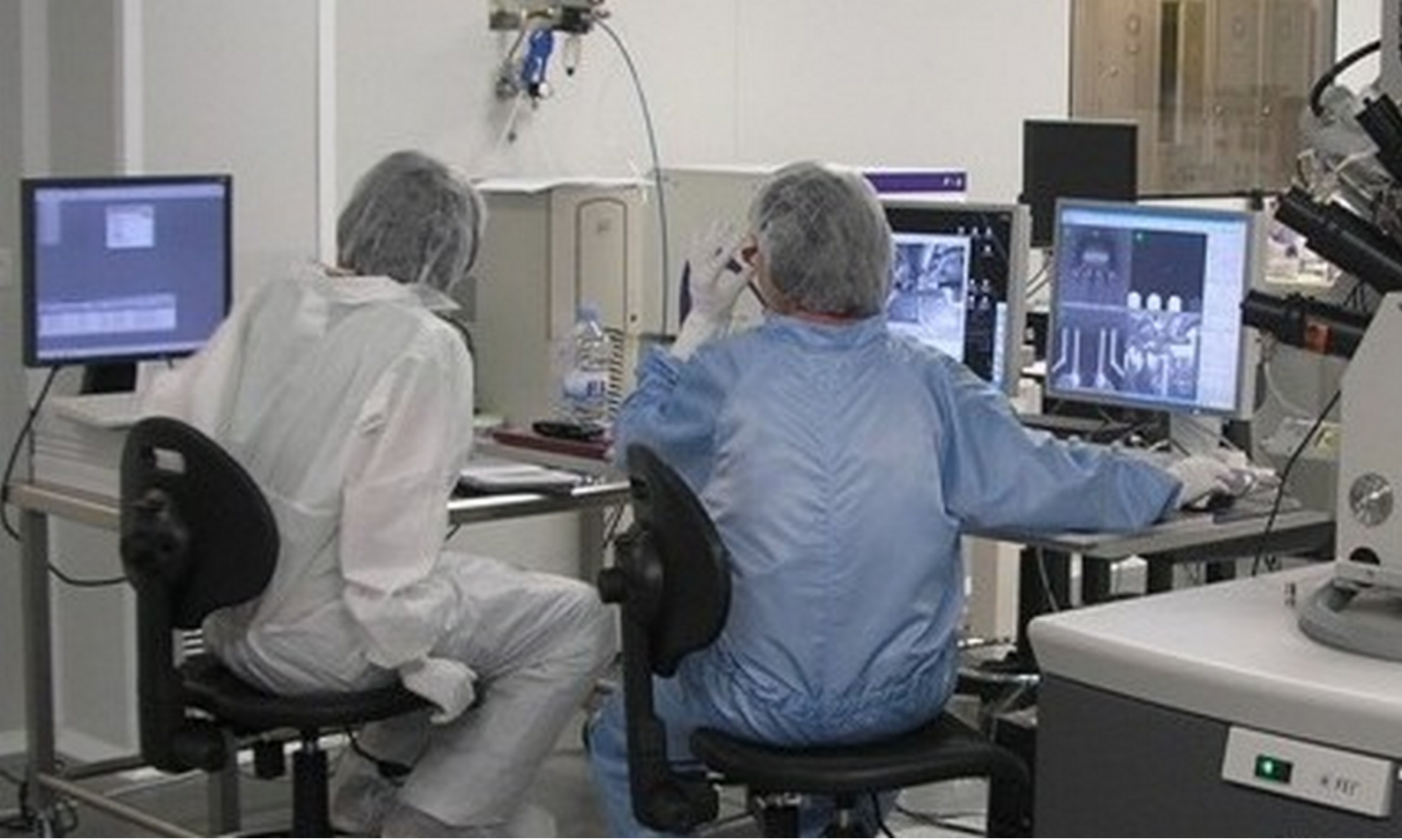CONICET: is the largest research and technology agency in Argentina. It employs more than 10.000 staff researchers and 11.000 fellows. CONICET research activities include all-natural and social sciences that are being developed in institutes located all around the country. CONICET has several groups dedicated to Nanoscience and Nanotechnology along Argentina Research teams are coming from two different institutes mainly: The Institute of Nanoscience and Nanotechnology (INN-Buenos Aires and Bariloche) and the Institute of Physics Litoral (Santa Fé).
Principal investigator

Dra. Laura B. Steren
Research Associate at Instituto de Nanociencia y Nanotecnologia (CNEA and CONICET)
Expertise: magnetic nanostructures, spin-polarized transport, magnetometry, magnetoresistance, tunnel junctions, magnetism and charge distribution at surfaces and interfaces.
Contact: lsteren(at)gmail.com
Experimental Team

Dr. Mario C.G. Passeggi (Jr.)
CONICET Principal Researcher
head of the Lab “Laboratorio de Física de Superficies e Interfaces”,
Instituto de Física del Litoral (IFIS-Litoral, CONICET-UNL)
Expertise: Characterization of materials (metallic, semiconductor, insulator and biological) using contact microscopy techniques (specifically STM-STS/UHV, AFM-STM-KPFM-MFM/air, AES, LEED). Epitaxial growth of metals, semiconductors, thin films of insulators and self-assembled nanostructures on metal surfaces.
Contact: mpggih(at)ifis.santafe-conicet.gov.ar

Dr. Diego Rubi
CONICET Researcher
Expertise: Multifunctional oxides thin films, transport characterization and modelling, pulsed laser deposition.
Contact: diego.rubi(at)gmail.com

Dr. Gustavo Daniel Ruano Sandoval
CONICET Researcher, Centro Atómico Bariloche
Expertise: Nanosystems, Ion Beamline, UlthaHigh Vacuum Preparation
Contact: gustavo.ruano(at)gmail.com
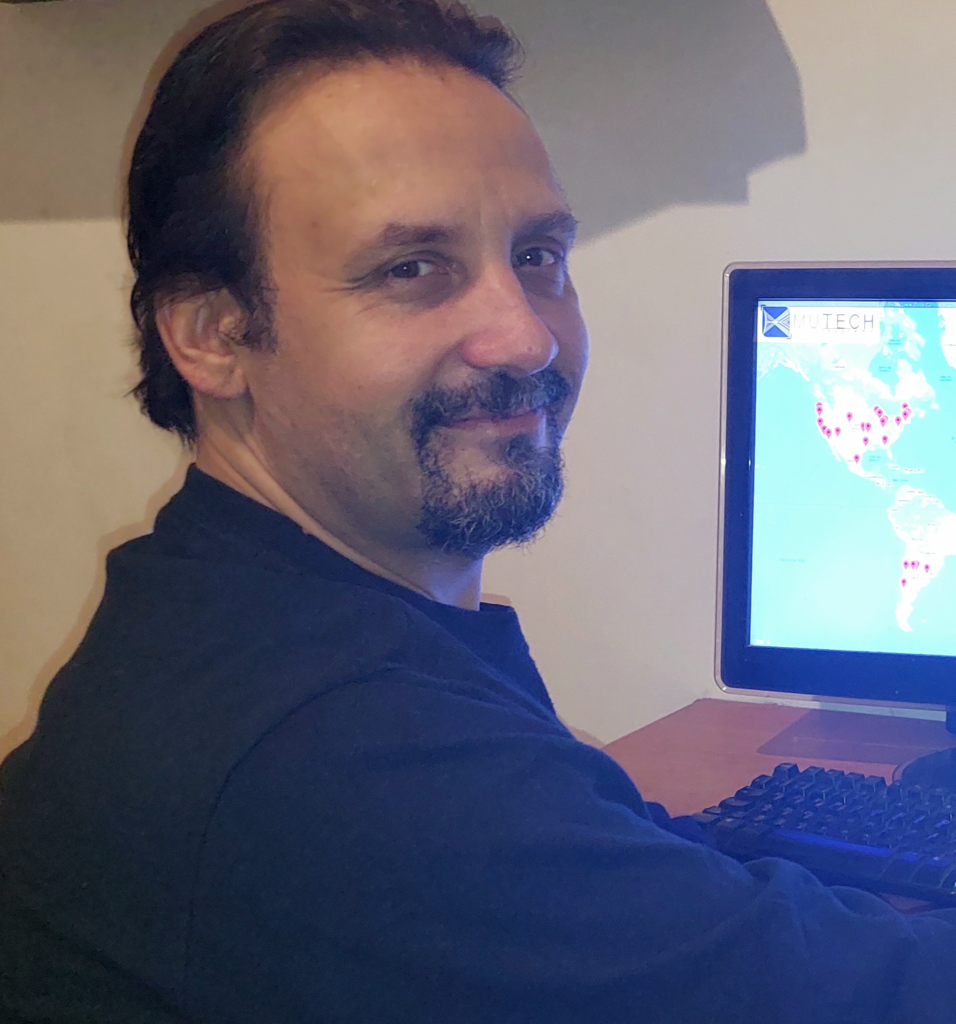
Martín Sirena
Senior Scientist
Expertise: Thin film deposition, microfabrication, atomic force microscopy.
Contact: martin.sirena(at)hotmail.com
Dr. Claudio J. Bonin
Scientific Assistant at the Instituto de Física del Litoral (IFIS-CONICET),
Professor at the Universidad Nacional del Litoral (UNL, Santa Fe, Argentina)
Expertise: nuclear magnetic resonance , V-MOKE or MFM.
Contact: claudio.bonin(at)santafe-conicet.gov.ar
Dr. Fernando José Bonetto
CONICET Independent Researcher, working at the Instituto de Física del Litoral (IFIS).
Associate Professor with the Universidad Nacional del Litoral (UNL, Santa Fe, Argentina)
Research interests and expertise: field cycling NMR; 19F NMR imaging; ion-surface interactions; charge transfer in low-energy collisions; thin films growth, surface characterization techniques: LEIS, Auger, LEED, REELS; V-MOKE magnetometry
Contacto: fernando.bonetto(at)santafe-conicet.gov.ar
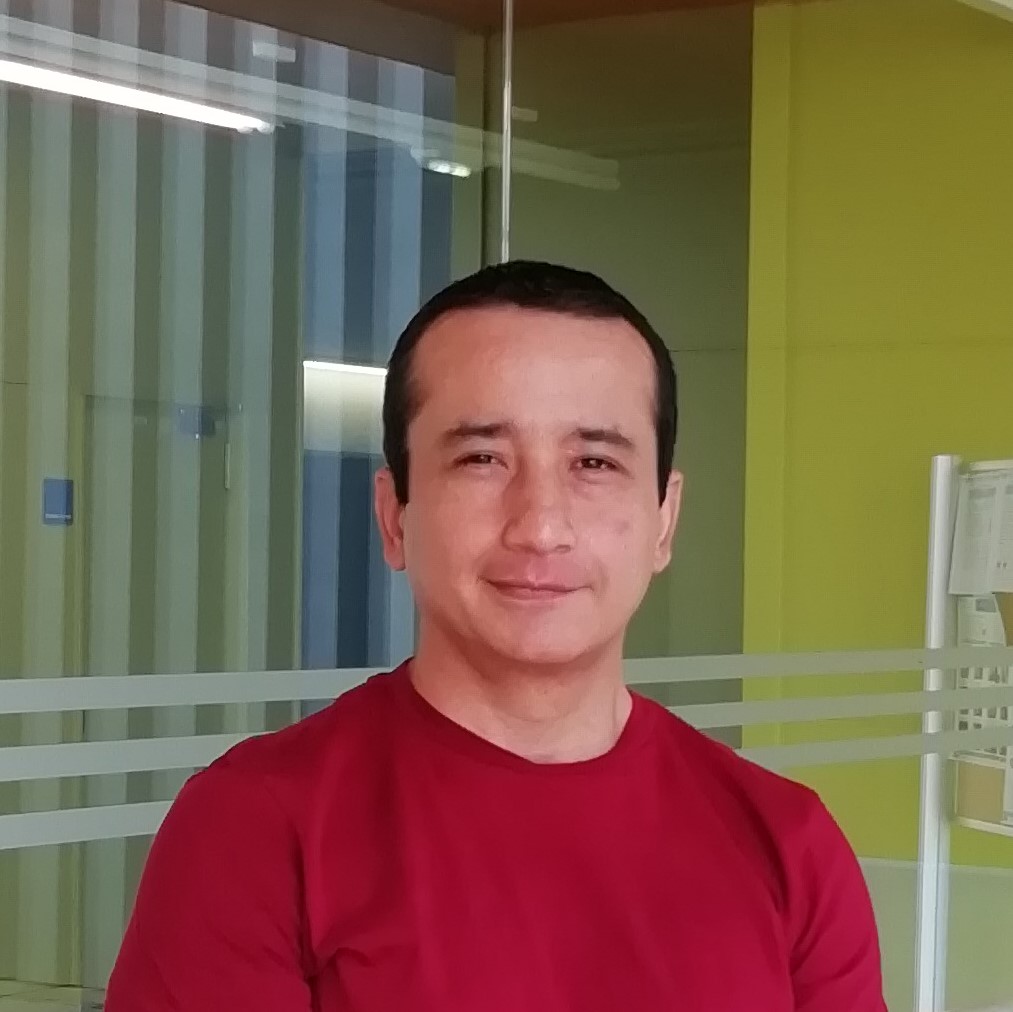
Dr. Miguel Rengifo
Postdoc
Expertise: Integration of oxides with semiconductors. Development of multifunctional oxides. Transport Properties. Impedance Spectroscopy, I-V, C-V. Multiferroic Systems, PLD growth
Contact: marengifom(at)gmail.com

Dr. Wilson Román Acevedo
Postdoc
Expertise: Multifunctional oxides thin films, transport characterization, pulsed laser deposition growth
Contact: wsroman.a(at)gmail.com
Dra. Vanina Gisela Franco
CONICET Post-Doc “Laboratorio de Física de Superficies e Interfaces”,
Instituto de Física del Litoral (IFIS-Litoral, CONICET-UNL)
Expertise: hybrid materials ferromagnet/nonmagnetic metal, AFM, MFM, magnetic properties, anisotropic magnetoresistance, magnetic sensors.
Contacto: vanina.franco(at)ifis.santafe-conicet.gov.ar
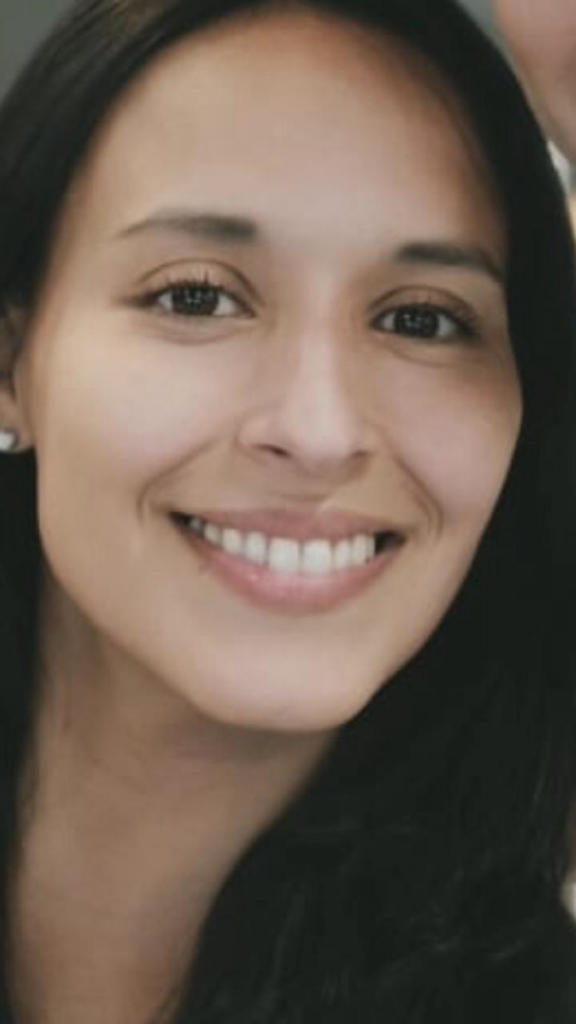
Dra. Adriana Candia
CONICET Post-Doc “Laboratorio de Física de Superficies e Interfaces”,
Instituto de Física del Litoral (IFIS-Litoral, CONICET-UNL)
Expertise: Nanosystems. Nanocomposites Ultra Hight Vacuum Preparation and Characterization of materials using STM-STS/UHV, AFM/air, STM/air, AES, LEED, XPS. Epitaxial growth of thin films of insulators and self-assembled nanostructures on metal surfaces.
Contact: adriana.candia(at)santafe-conicet.gov.ar

Augusto Román
Ph.D. Student
Expertise: Design and study of artificial multiferroics, including film growth, structural, magnetic, and ferroelectric characterization.
Contact: aroman(at)tandar.cnea.gov.ar

Augustín López Pedroso
Ph.D. Student
Expertise: Design and study of artificial multiferroics, including film growth, structural, magnetic, and ferroelectric characterization. Magnetic sensors.
Contact: agustin.lopezpedroso(at)gmail.com

Agostina Lo Giudice
Ph.D. Student
Expertise: Oxide films integrate into silicon
Contact: agostina.logiudice(at)gmail.com
Theoretical team

Dra. Ana Maria Llois
Principal investigator CONICET, Prof. Titular Regular (ded. simple) FCEyN UBA
Expertise: Electronic and magnetic properties of low-dimensional and complex systems and new materials. Mixed theoretical treatment of highly correlated systems. Electronic properties of nanostructures. Thermophysical properties of nuclear materials.
Contact: barral@tandar.cnea.gov.ar

Dra. Andrea Barral
Senior Researcher, Condensed Matter Group, Centro Atomico Constituyentes, Buenos Aires
Expertise: Electronic and magnetic properties of low-dimensional systems and nanostructured materials.
Contact: barral(at)tandar.cnea.gov.ar

Dr. Gustavo Murgida
Senior Researcher, Condensed Matter Group, Centro Atomico Constituyentes, Buenos Aires
Expertise: Dynamics of molecules on surfaces
Contact: murgida(at)tandar.cnea.gov.ar

Dra. Solange Dinapoli
Senior Researcher, Condensed Matter Group, Centro Atomico Constituyentes, Buenos Aires
Expertise: Electronic and magnetic properties of nanoscale materials.
dinapoli(at)tandar.cnea.gov.ar

Dra. Valeria Ferrari
Senior Researcher, Condensed Matter Group, Centro Atomico Constituyentes, Buenos Aires
Expertise: Structural, electronic, and magnetic properties of spintronics materials.
ferrari(at)tandar.cnea.gov.ar

Dra. Verónica Vildosola
Senior Researcher, Condensed Matter Group, Centro Atomico Constituyentes, Buenos Aires
Expertise: Development and application f mixed calculation techniques to study electronic properteis of materials
vildosol(at)tandar.cnea.gov.ar

Dra. Sindy Julieth Rodríguez Sotelo
CONICET Post-Doc “Laboratorio de Física de Superficies e Interfaces”,
Instituto de Física del Litoral (IFIS-Litoral, CONICET-UNL)
Expertise: Density Functional Theory (DFT), NEGF (Nonequilibrium Green Function), Molecular Electronic Transport, Low dimensionality systems, hybrid systems and Self-assembled nanostructures organic/inorganic).
sindy.rodriguez(at)santafe-conicet.gov.ar
Equipment “Laboratorio de Física de Superficies e Interfaces”
Scanning tunneling microscope (STM-UHV)
STM is used to study and develop new micro and nanostructured materials. It can characterize surfaces, from the acquisition of images at atomic scales. It works under ultra-high vacuum (UHV) conditions. It is used to analyze samples sensitive to environmental conditions with a low vapor pressure at room temperature.
Scanning Probe Microscope (SPM)
SPM allows working with several techniques, all of them under atmospheric conditions: Scanning Tunneling Microscopy (STM), Atomic Force Microscopy (AFM), Kelvin Probe Force Microscopy (KPFM), and Magnetic Force Microscopy (MFM). In particular, the most popular of these techniques, Atomic Force Microscopy, has great versatility and simplicity, being used for the topographic characterization of surfaces due to its high-resolution power, especially when measuring heights in Z, allowing the study of mechanical, electrical and magnetic properties of materials.
Low-energy ion time-of-flight spectrometer (LEIS-TOF)
This instrument measures the energy of ions and neutral atoms scattered on the surface of a material using the time-of-flight technique. The ion gun used can generate ions between 1 and 10 keV from a wide variety of gases, liquids, or solids. The technique has a very good depth resolution (first atomic layers of the surface). The possibility of detecting charged and neutral particles independently allows basic studies of charge transfer between an ion and a surface. The equipment has an electron gun to implement the low energy electron diffraction technique (LEED), and Auger electron spectrometry (AES).
Multi-technique surface spectrometer
This instrument is designed to perform surface chemical analysis by various techniques under ultra-high vacuum conditions: photoelectron spectroscopy with X-ray (XPS) and ultraviolet photon sources (UPS), spectroscopy of ions originating from ionization of the material (SIMS) or secondary ions, as well as scattered ions (ISS) from an ion source. The characteristics of the sample holder allow the implementation of angular resolution techniques (ARPES).
Auger Electron Spectrometer (AES)
Auger electron spectrometry is used to determine the elemental chemical composition of surfaces, in a few nanometers of thickness. A surface erosion process, by ion bombardment, allows controlling the composition of the material in depth. Other possible techniques are the detection of secondary electrons of lower energies of the emission spectrum (SEE), which allows the study of chemical changes, and incident low-energy electrons scattered in the material (EELS), which provides information on the atomic energy levels of the sample.
High Performance Computing cluster PIRAYU Santa Fe Argentina
In December 2016, the cluster was inaugurated with 31 nodes (1 server, 1 NAS, 25 compute nodes, 5 nodes with GPU, and 1 node with Xeon Phi), providing an initial capacity of 22 TFlops. In November 2017, an additional 2 compute nodes of 24 cores and 128 GB RAM were purchased. The configuration was upgraded in June 2017 and the computational capacity was increased to 27 TFlops thanks to 5 new 24-core nodes.
The name Pirayú is given by the native peoples to one of the characteristic creatures of the Argentine coastal fauna: the dorado (Salminus brasiliensis). This muscular fish is known for its speed and power, something that inspired the members of the consortium to choose a name for what would be the most powerful supercomputer (so far) in the region.
This project represents one of 17 productive innovation projects and highly complex equipment that was selected in the first call for proposals of the Santa Fe Science, Technology and Innovation Agency (ASACTEI).
